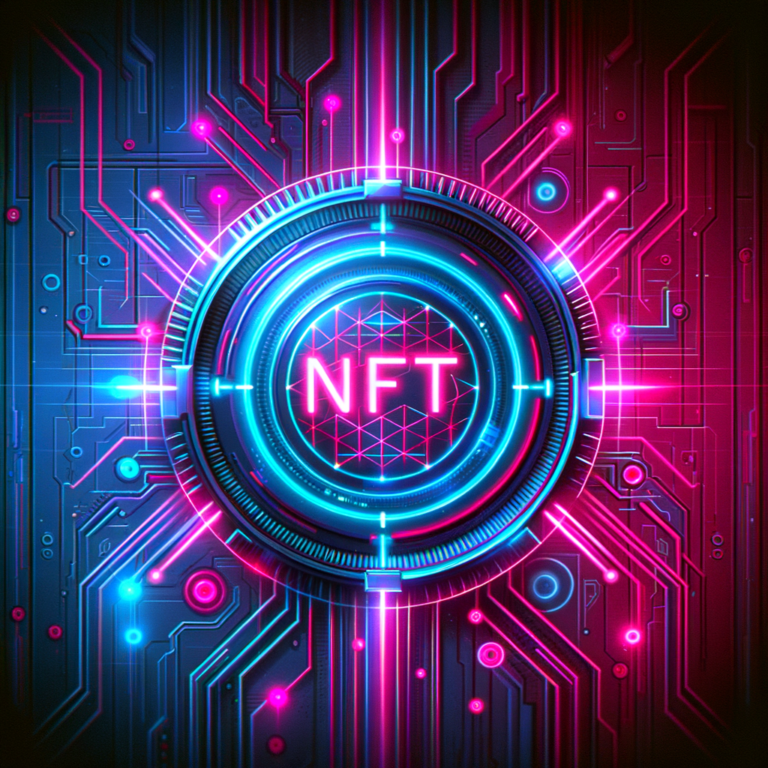Boost Cardano NFT Earnings: Passive Income Guide
If you’re looking to tap into the potential of Cardano and NFTs for earnings, staking offers a promising avenue. Both ADA, Cardano’s native cryptocurrency, and various Cardano-based NFTs provide opportunities to generate passive income. While direct staking of NFTs isn’t yet supported by Cardano, you can earn through associated games or projects, or by trading and renting NFTs. Meanwhile, ADA staking is well-established, allowing for earnings via stake pools. This guide will help you navigate how to enhance your earnings effectively through these methods, catering specially to beginners.

Understanding Cardano
Cardano’s blockchain technology supports creating and using NFTs—digital tokens that verify ownership of a unique digital asset. Built on the proof-of-stake protocol Ouroboros, it allows ADA holders to participate in network operations, enhancing security and functionality. As Cardano evolves, it continues to expand its ecosystem, thus increasing opportunities, including those for earning through NFTs and staking.
Exploring NFT Opportunities on Cardano
NFTs on Cardano are burgeoning. While you cannot stake NFTs directly on Cardano currently, there are alternative routes to profit from digital assets:
Renting out NFTs:
Platforms like Crentity enable NFT owners to earn passive income by renting their collectibles, which could be anything from digital art to in-game items.
Sell within Marketplaces:
Creating or purchasing NTFs to sell on growing marketplaces like JPG.store offers the chance to capitalize on their rising value.
Gaming and Participation Rewards:
Engaging in NFT-centric projects or games on Cardano, such as Cardano Kalao, may allow you to earn digital currency or other types of rewards.
Basics of ADA Staking
Staking involves committing your ADA to a stake pool to support network operations, in return for which you earn rewards. This process is critical to the network’s health and functionality.
Choosing the Right Stake Pool
Key factors to consider while selecting a stake pool include:
– Pool margin:
These are fees taken by the pool operator. Lower margins can mean higher earnings.
– Pledge:
The amount of ADA committed by the pool’s owner. A higher pledge generally indicates the owner’s trust and commitment.
– Saturation:
An over-saturated pool can decrease the reward rate, so it’s wise to opt for pools with moderate saturation.
Tools like ADA Pool Tools offer analytics to help select a suitable stake pool based on these factors.
Staking through Daedalus and Yoroi Wallets
To begin staking:
- Install and set up a Daedalus or Yoroi wallet.
- Transfer your ADA to the wallet.
- Through the wallet interface, delegate your ADA to your chosen pool.
- Rewards will accrue over time and will be distributed directly to your wallet, typically every epoch (five days).
Navigating the Cryptocurrency Marketplace
Platforms like Coinbase allow for easier ADA staking with competitive APRs, making it accessible even for those who might not want to deal directly with wallets and pools.
Despite the inability to stake NFTs directly on Cardano as of now, the platform’s growth may soon include new functionalities. It’s advisable to stay updated with official announcements from Cardano and the community developers for upcoming features.
In conclusion, while direct NFT staking isn’t available, Cardano still offers diverse methods for enhancing your NFT investments and earning passive income through ADA staking. By utilizing these methods judiciously and staying informed on Cardano developments, you can optimize your digital asset strategy and boost your earnings effectively.

